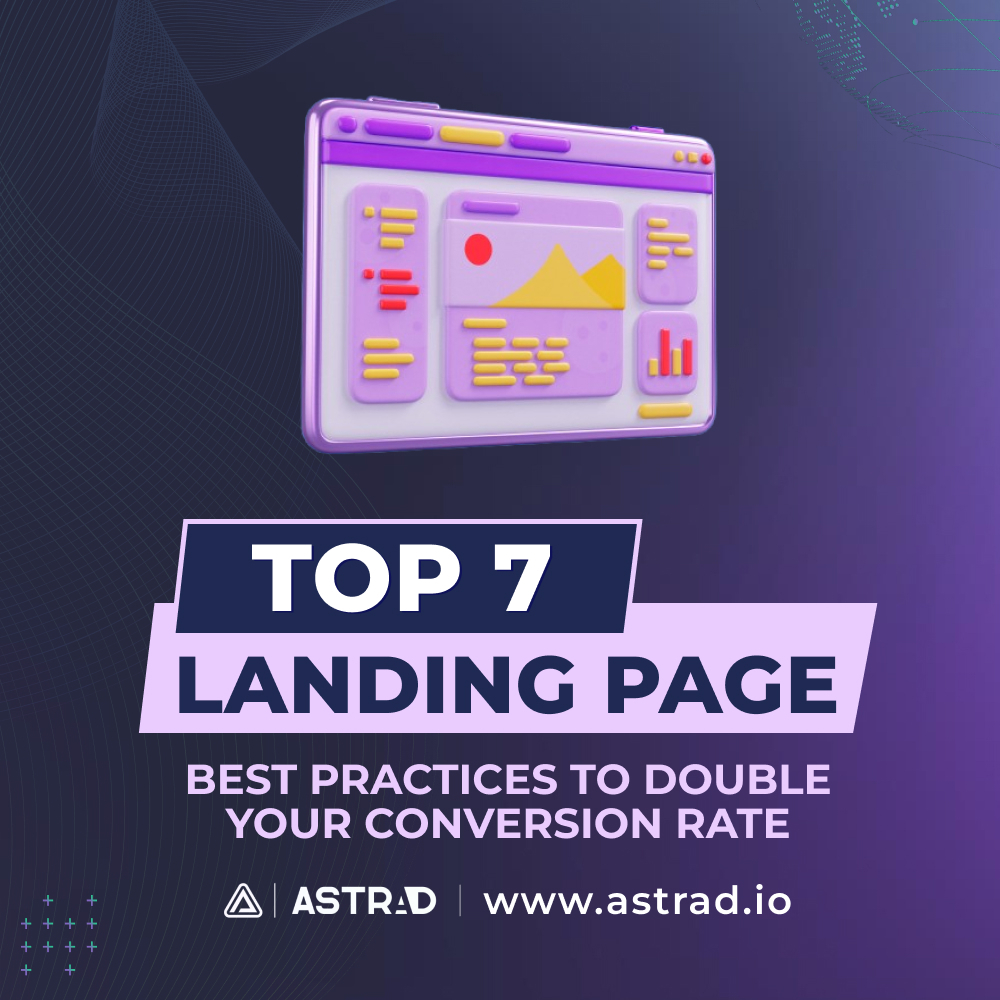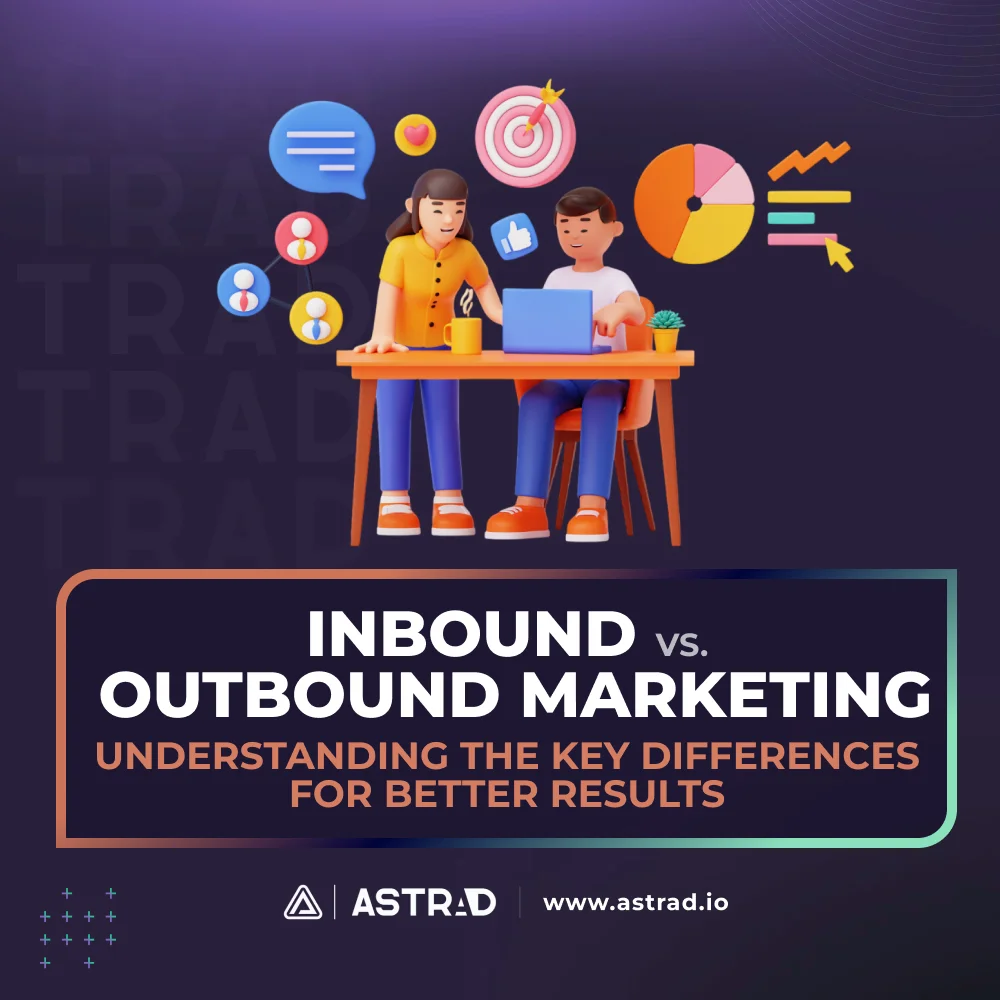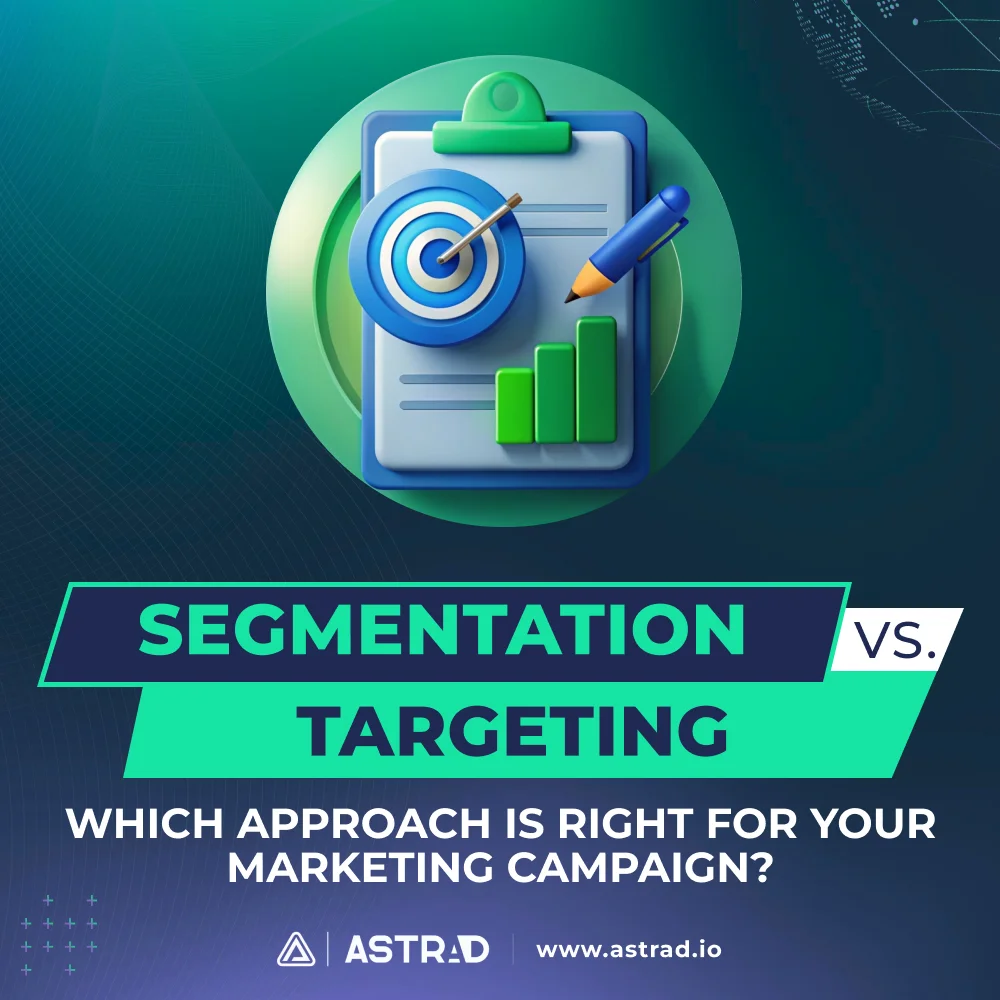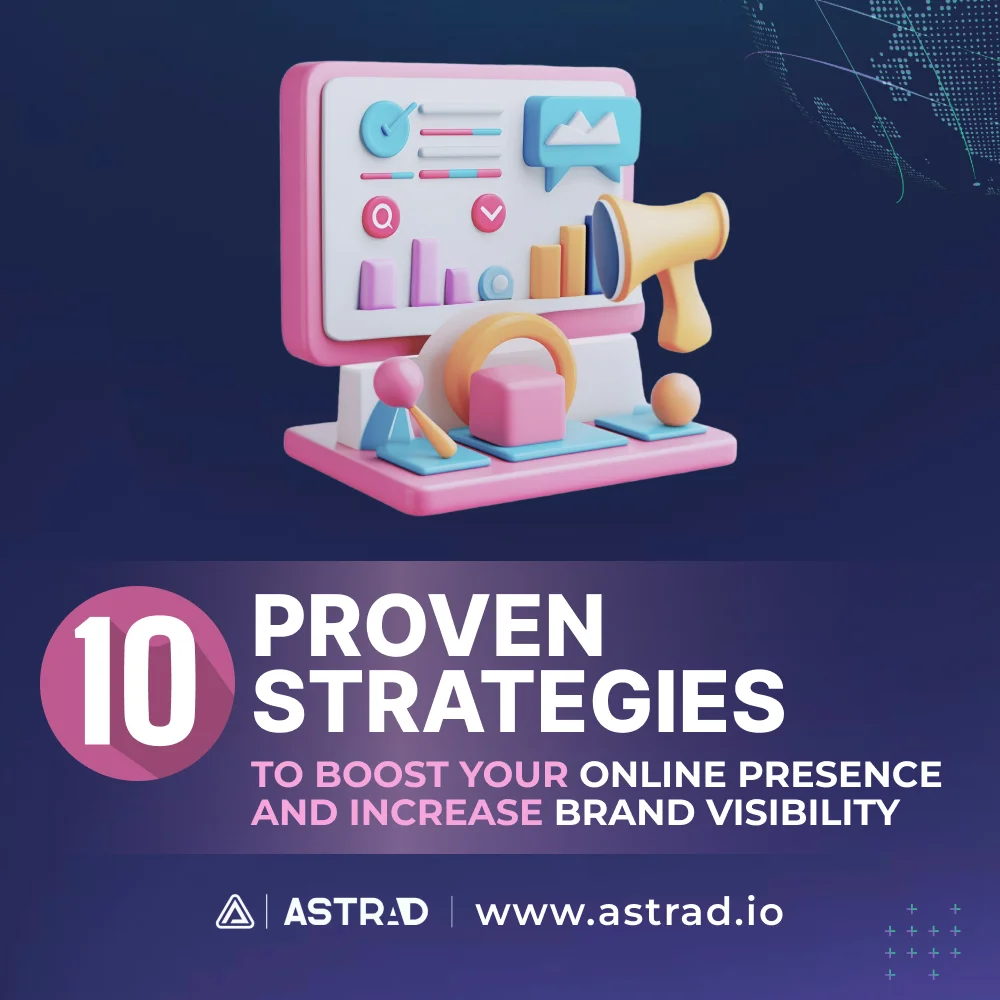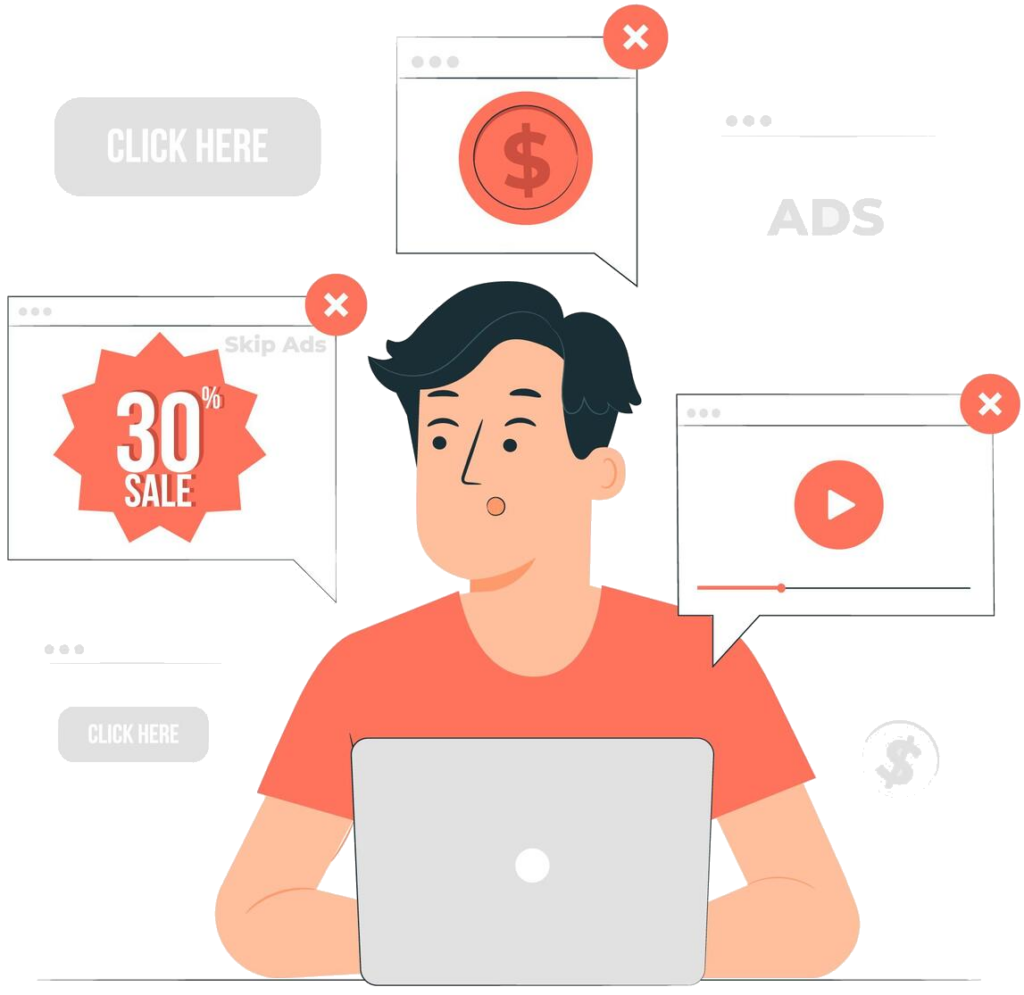Your marketing budget is bleeding money, and you can’t figure out why. The ads are bringing traffic, people are clicking, but somehow they’re not converting. You’ve checked your targeting, tweaked your ad copy, and even increased your budget – but the results stay stubbornly flat.
Here’s what most marketers miss: the problem isn’t always where you think it is. Sometimes the issue isn’t your ads or your audience – it’s what happens after people click. Your landing page might be sabotaging everything you’ve worked so hard to build.
Landing pages are where the magic either happens or dies. They’re the final moment of truth where interested visitors decide whether to trust you with their email address, their money, or their time. Get this right, and everything else becomes easier. Get it wrong, and even the best marketing campaigns fall apart.
The good news? The gap between mediocre and exceptional landing pages isn’t as big as you might think. Most of the time, it comes down to understanding and implementing these landing page best practices. These aren’t revolutionary concepts – they’re practical, tested strategies that work because they respect how people actually behave online.
What Makes Landing Pages Convert (And Why Most Don't)
Before diving into specific tactics, you need to understand what success looks like and why optimization matters so much.
Defining Conversion Rate
Conversion rate in landing page terms is straightforward: it’s the percentage of visitors who complete your desired action. Whether that’s filling out a form, making a purchase, downloading a resource, or signing up for a webinar, your conversion rate tells you how well your page is working.
Here’s the simple formula: (Total conversions ÷ Total visitors) × 100 = Conversion rate percentage. So if 100 people visit your landing page and 5 of them convert, you have a 5% conversion rate.
Why These Landing Page Best Practices Matter
Even small improvements can have massive impacts on your bottom line. Recent data from Unbounce shows that the average landing page conversion rate across all industries is 6.6%, but the top 10% of landing pages achieve conversion rates of 11.45% or higher. That means with the right optimization, you could potentially double or triple your results.
A page that converts at 3% versus one that converts at 6% doesn’t just get you twice as many leads – it cuts your cost per lead in half. When you’re spending money on traffic, these differences add up quickly.
Best Practices for Landing Pages That Actually Convert
Now let’s get into the specific strategies that separate high-performing pages from the rest
1. Headlines That Hook (And Don't Confuse)
Your headline is the first thing visitors see, and for many, it’s the last. You have seconds to communicate value and capture attention.
- Why It’s Important: People scan web pages incredibly quickly. Your headline needs to immediately communicate what you’re offering and why it matters. If visitors can’t figure out what you do or why they should care within a few seconds, they’ll leave.
Best Practice: Keep your headline concise, benefit-focused, and aligned with whatever brought people to your page. If they clicked an ad about “free marketing tools,” your headline should reference free marketing tools, not talk about your company’s history. Test headlines that directly address the visitor’s problem or desired outcome.
2. Clean Design That Guides Action
Cluttered pages overwhelm visitors and hurt conversions. Clean, focused design guides attention where you want it to go.
- Why It’s Important: Every element on your page competes for attention. When there’s too much going on, visitors don’t know where to look or what to do next. A simple design eliminates distractions and makes the path to conversion obvious.
- Best Practice: Use plenty of white space, limit your color palette, and ensure your call-to-action button stands out from everything else. Remove navigation menus if possible – you want people focused on converting, not browsing around your website. Studies show that removing navigation can increase conversions significantly.
3. Landing Page Tips for Irresistible CTAs
Your CTA is where conversions happen. It needs to be impossible to miss and easy to understand.
- Why It’s Important: Even if everything else on your page is perfect, a weak or unclear CTA will kill your conversions. Your CTA is the bridge between interest and action.
- Best Practice: Use action-oriented language that tells people exactly what will happen when they click. Instead of “Submit,” try “Get My Free Guide” or “Start My Trial.” Make your CTA button a contrasting color that stands out from the rest of your page. Place it above the fold and repeat it at the bottom of longer pages. Research shows that personalized CTAs convert significantly better than generic ones.
4. Trust Signals That Remove Doubt
People are naturally skeptical online, especially when asked to provide personal information or make purchases from unfamiliar companies.
- Why It’s Important: Trust is the foundation of conversion. If visitors don’t trust you, they won’t convert, regardless of how good your offer is. Trust signals help overcome natural skepticism and give people confidence to take action.
- Best Practice: Include customer testimonials with photos and names when possible. Display logos of well-known companies you’ve worked with. Add security badges near forms that collect sensitive information. Show customer counts or usage statistics if they’re impressive. Top-performing landing pages consistently feature testimonials and social proof.
5. Forms That Don't Scare People Away
Forms are where the actual conversion happens, so they need to be as frictionless as possible.
- Why It’s Important: Every form field you add creates more work for the visitor and increases the chance they’ll abandon the process. Long or complicated forms are conversion killers.
- Best Practice: Only ask for information you absolutely need. If you’re offering a free ebook, you probably only need an email address. Save the detailed qualification questions for later in your sales process. Consider offering multiple ways to submit, like email signup versus phone number. Testing consistently shows that shorter forms perform better.
6. Visuals That Support Your Message
Visual content supports your message and makes your page more engaging, but it needs to be strategic.
- Why It’s Important: People process visual information much faster than text. The right images or videos can communicate your value proposition instantly and build an emotional connection with your offer.
Best Practice: Use high-quality images that directly relate to your product or service. If you’re selling software, show screenshots of the actual interface. If you’re offering a service, show real results or the team behind it. Video can be particularly powerful for explaining complex concepts or showing products in action. Just make sure videos load quickly and don’t slow down your page.
7. Marketing Landing Page Best Practices: Test Everything
What works for one audience might not work for another. Regular testing helps you find what resonates with your specific visitors.
- Why It’s Important: Consumer preferences change, markets shift, and new competitors emerge. A landing page that works great today might perform poorly next year. Most marketers don’t actively test their landing pages, which means they’re missing significant optimization opportunities.
Best Practice: Test one element at a time so you can clearly identify what drove any changes in performance. Start with high-impact elements like headlines, CTAs, and images. Run tests long enough to get statistically significant results – typically at least 1,000 visitors or 100 conversions. Companies that regularly test their pages consistently see better performance over time.
Measuring and Tracking Success
Implementing these best practices for landing pages is just the beginning. You need to track the right metrics to understand what’s working and what isn’t.
Key Metrics to Monitor
Focus on metrics that directly relate to your business goals. Conversion rate is the most important, but also monitor bounce rate (how many people leave immediately), time on page (engagement indicator), and form abandonment rate (where people start but don’t finish converting).
Don’t forget about mobile performance specifically. With over 61% of landing page traffic coming from mobile devices, you need to ensure your pages work perfectly on smartphones and tablets.
Tools for Tracking Performance
Google Analytics provides basic conversion tracking and audience insights. For more detailed analysis, consider heat mapping tools that show where people click and scroll. A/B testing platforms can help you run systematic tests without technical complexity.
The key is choosing tools that give you actionable insights. Pretty charts are nice, but what you really need is data that helps you make better decisions about what to change next.
Building Landing Pages That Convert
These marketing landing page best practices work because they address fundamental human psychology and behavior online. People want clear information, they need to trust you before they’ll act, and they prefer simple processes over complicated ones.
The businesses seeing the best results from their landing pages don’t try to implement everything at once. They start with the basics – clear headlines, simple design, obvious CTAs – and then systematically test improvements over time.
Remember that a good conversion rate varies by industry. Restaurants and food businesses average nearly 40% conversion rates, while retail typically sees much lower rates. Focus on improving your own performance rather than comparing yourself to other industries.
Start by auditing your current landing pages against these seven best practices. Which elements are you missing? Which ones could be improved? Pick the biggest opportunities first and test your way to better performance.
When you get these fundamentals right, you’ll see the kind of results that make all the effort worthwhile. Higher conversion rates mean lower customer acquisition costs, more leads from the same traffic, and ultimately, more revenue for your business.

